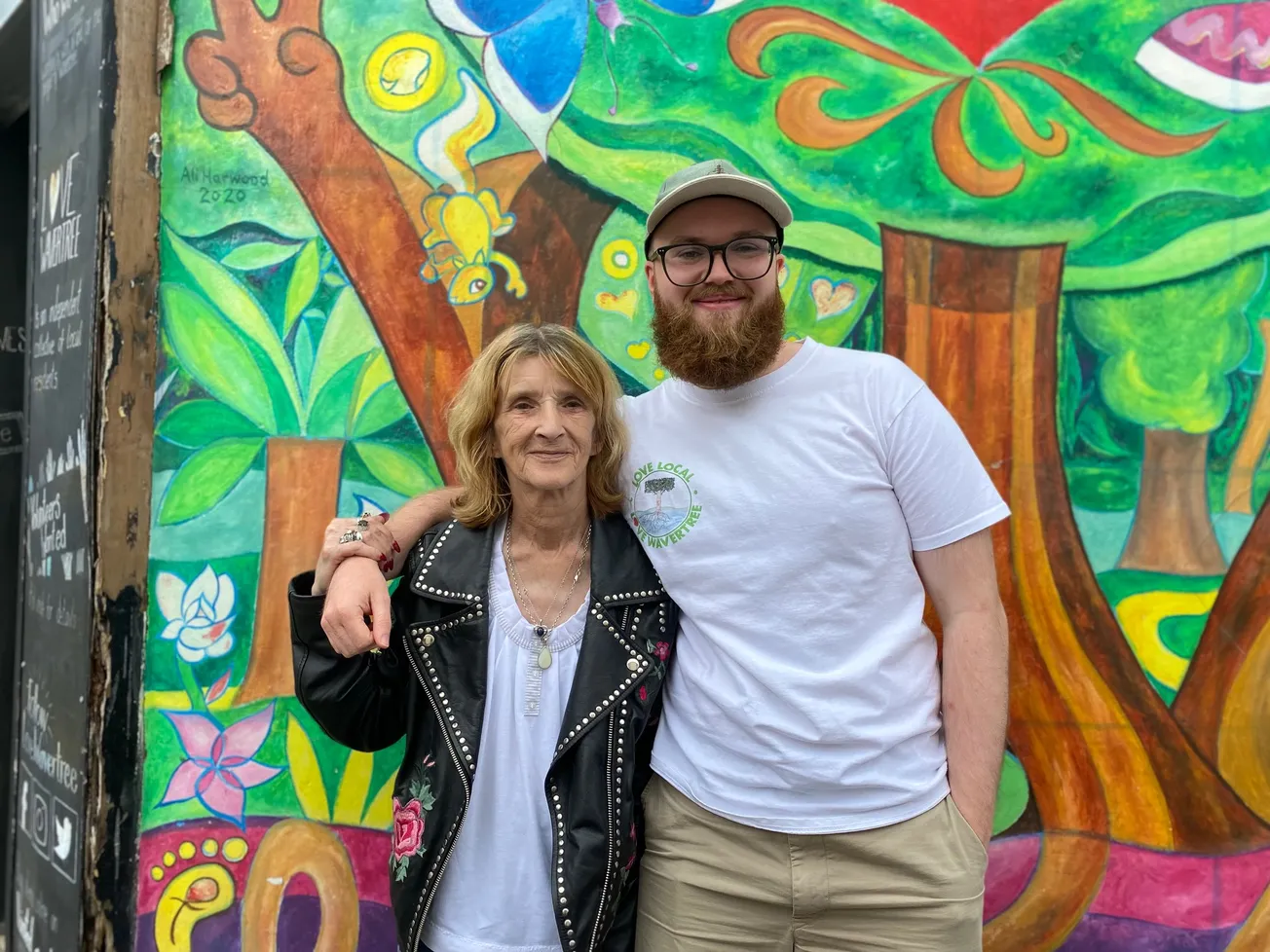Can we revive Liverpool’s high streets?

As shop closures across the North West reach record levels, we ask how Liverpool can reinvent its derelict high streets
Dear readers — when I hear the term “high street”, I can’t help but hark back to the days of farmers markets, green grocers and family-run sweet shops, all buzzing with life on a Saturday morning. Keith Hackett, a Wavertree resident, remembers these days well. He describes Wavertree High Street as a colourful place with plenty of “hustle and bustle”, where everyone knew each other’s names and faces. Now, he says, those days are long gone.
While high streets have historically been at the centre of British urban life, over the past two decades they have been in steep decline. The rise of online shopping and supermarkets have killed much of what used to be on offer; a 2023 study by Power to Change reveals the North West has a shop vacancy rate of nearly 7% — above the national average of 5%.
Nowadays, it is much more likely that when you walk down a high street, particularly in the north of England, you’ll see little more than empty units and rubbish blowing in the wind. As I stroll down Wavertree High Street on Tuesday afternoon, each open shop is interspersed with two or three other units with their shutters firmly down. Bootle and Garston offer much of the same — even the affluent Heswall over on the Wirral is experiencing similar troubles.
So is there anything that can be done to revive our once beloved high streets? Or are they a lost cause, doomed to be derelict as Aldi and Amazon zap up their customer base? That’s today’s Answers in The Post, which you can read below.
But first, your regularly scheduled Post briefing.
Your Post briefing
Liverpool footballer Diogo Jota has died in a car crash in northern Spain. The 28-year-old Portuguese forward and his brother and fellow footballer André Silva, 26, were killed in a traffic accident in which the vehicle is said to have come off the road, crashed and burst into flames. The Liverpool player’s death comes just two weeks after marrying his childhood sweetheart Rute Cardoso, also the mother of his three children. In an interview released earlier this week, Jota called himself the luckiest man in the world. Pedro Proenca, head of the Portuguese Football Federation, described Jota as “an amazing player” but also “an extraordinary person, respected by all teammates and opponents”.
Marie Curie’s inpatient unit is to permanently close. The hospice’s 26-bed unit in Woolton closed in July due to a staff shortage, a decision which Marie Curie described in February as “a pause in admissions” has now been made permanent despite opposition from locals, staff, and pressure groups in the city. Liverpool Hospice Action Group campaigners described the news as "devastating". Previously, campaigners had held protests and vigils for the inpatient unit, and even travelled down to Marie Curie’s headquarters in London. Marie Curie chief executive Matthew Reed said it was "an incredibly tough decision" in the face of "significant financial deficits".
Liverpool’s annual Pride celebrations are going ahead this year after all, after a charity stepped in to run the event. The original organisers, LCR Pride Foundation, previously cancelled the 26th July festival due to funding issues and rising costs. Now Sahir House, the city's oldest LGBTQ+ charity, has taken over the event organisation — with a slight twist. "This year, we're proudly calling it Liverpool's Pride – with an apostrophe and an 's' – because this Pride belongs to all of us,” the charity said. Sahir House was founded in the 1980s to help people living through the HIV/AIDS epidemic, and was itself threatened with closure during a cash crisis in 2022. LCR Pride Foundation said in an online statement that it had "listened to the community" and was "pausing to take a breath" while another group stepped up.
Hello there! Want exclusive access to the best of The Post? Sign up to our free mailing list to access some of our award-winning investigations, cultural reads, Answers in The Post and analysis of the issues that matter most to Merseyside.
You’ll be joining 32,000+ readers already on our list, and you'll also be supporting us in our mission to deliver a renaissance in high quality local journalism. Hit that button to sign up for free today.
For today’s Answers in The Post, we’ll be exploring why so many high streets in Merseyside have been in decline, and what solutions are on offer to repurpose them for modern life.
What do the statistics show?
Unsurprisingly, a pretty bleak picture. According to the Centre for Retail Research, back in 2000 high streets were responsible for around 50% of all retail spending in the UK. Fast forward two decades, that number has fallen to just 36%.
That’s had a huge impact on shop vacancy rates. In 2024, a total of 13,500 stores closed across the country – an average of nearly 40 per day. While the data hasn’t been completed yet, 2025 is set to be even worse: the forecast predicts that around 17,350 will close this year.
The decline in retail on our high streets is also significantly greater in the North West than in southern regions. Between 2014 and 2024, the North West lost 43% of its banks, 17% of its pharmacies and 14% of its supermarkets. Compare this to down South — losing only 5% of its supermarkets and gaining 12% more department stores.
Filling the spaces where these businesses once were? Vape shops and takeaways. According to recent studies by Health Equity North, there are twice as many vape shops in the North of England than in the South. While the national average for the rise of takeaways in the past 10 years sits at under 25%, in the North West that figure stands at nearly 34%.

Latest
A London lawyer bought the land under Southport homeowners' houses. Then the threats began
Why Wirral is years behind Salford — and how to fix it
The Hill Dickinson is a world-class stadium. Everton must find a team to match
Above us, only sky: John Lennon Airport’s boundless ambition
Can we revive Liverpool’s high streets?
As shop closures across the North West reach record levels, we ask how Liverpool can reinvent its derelict high streets